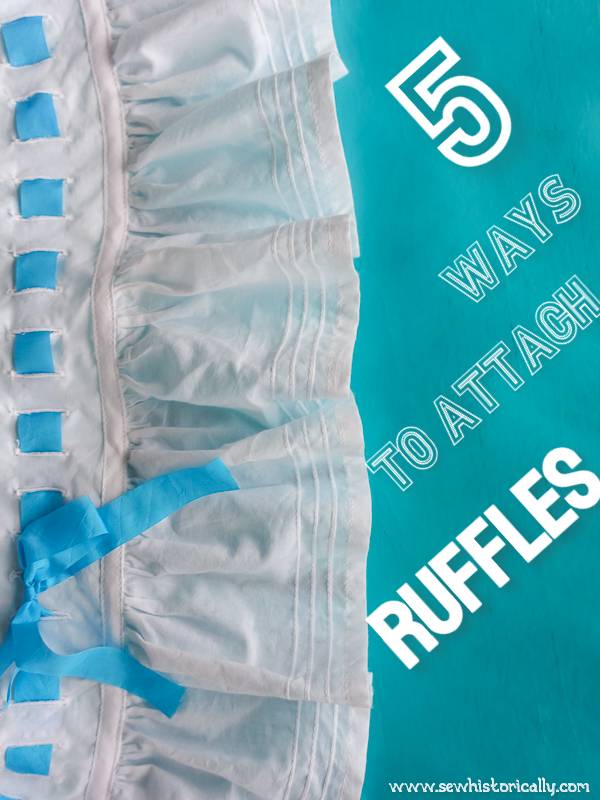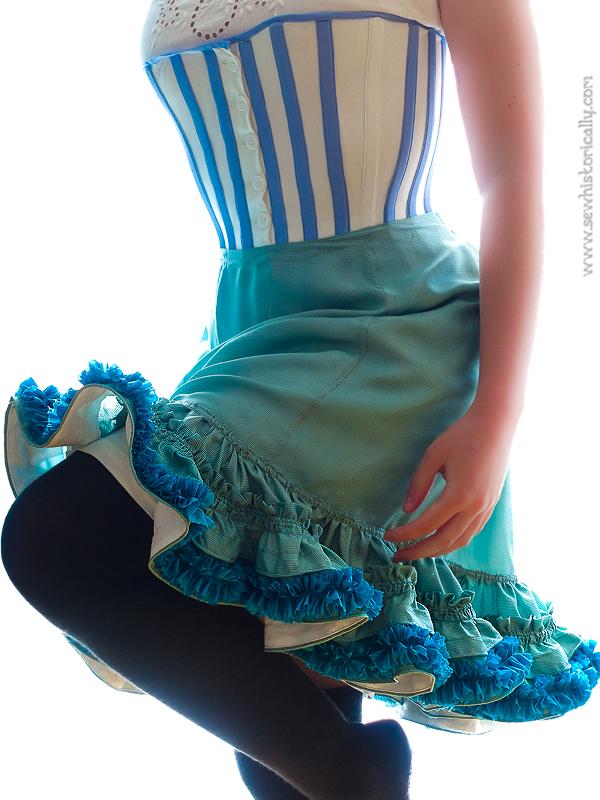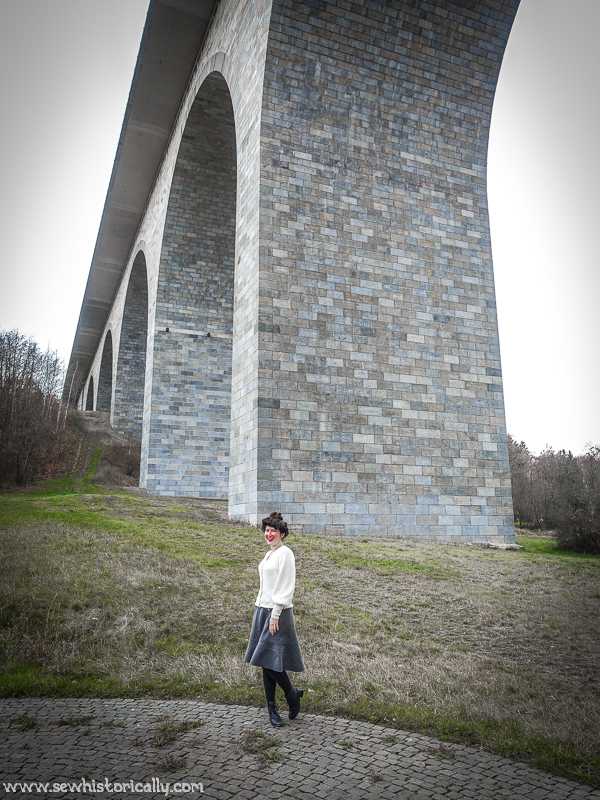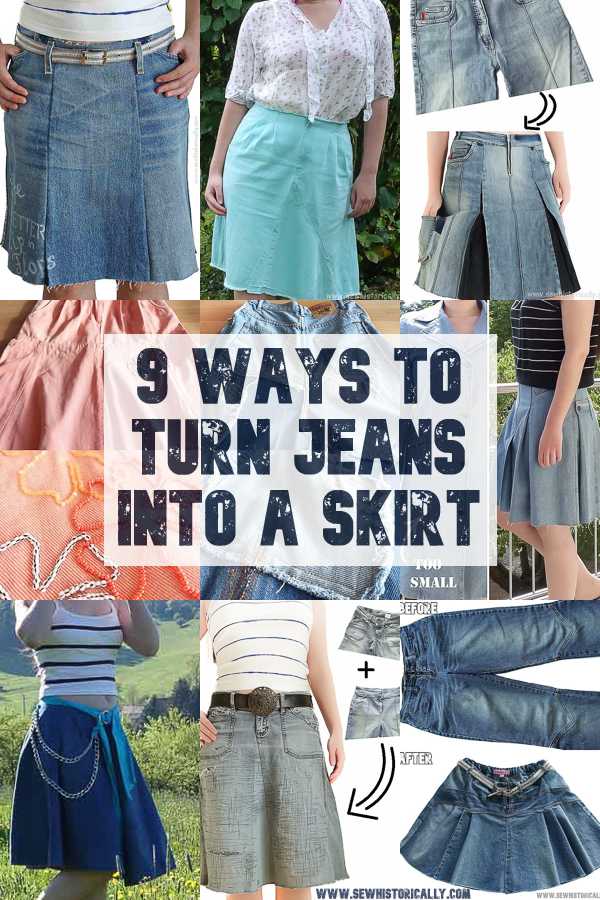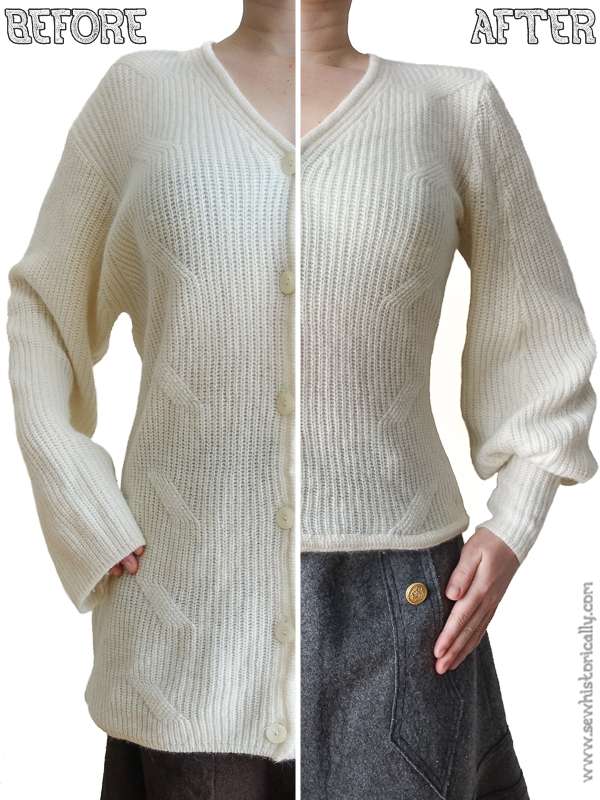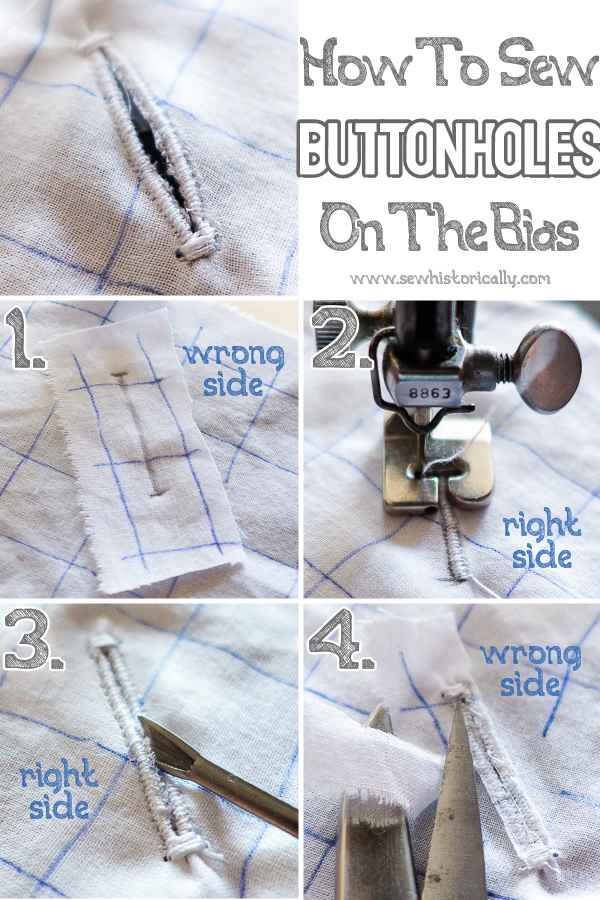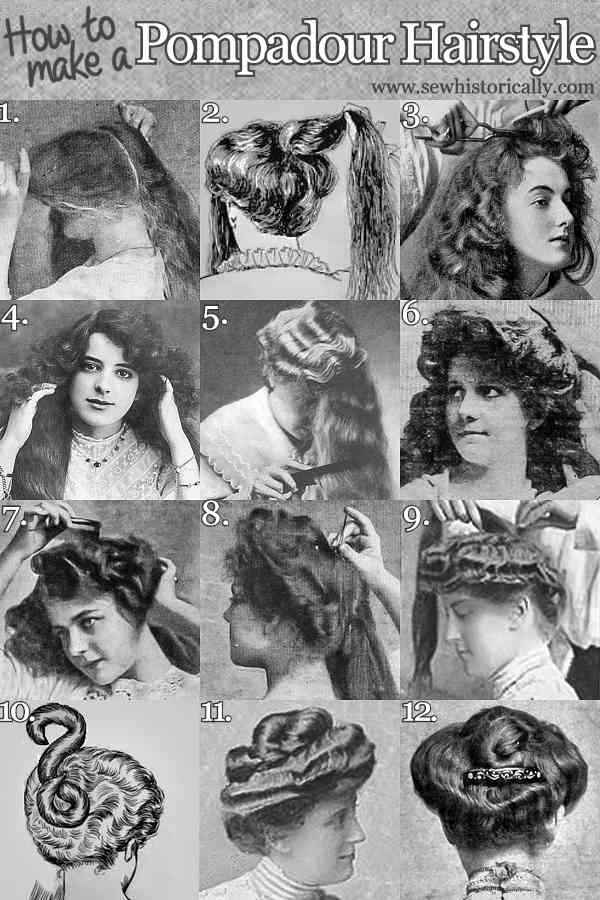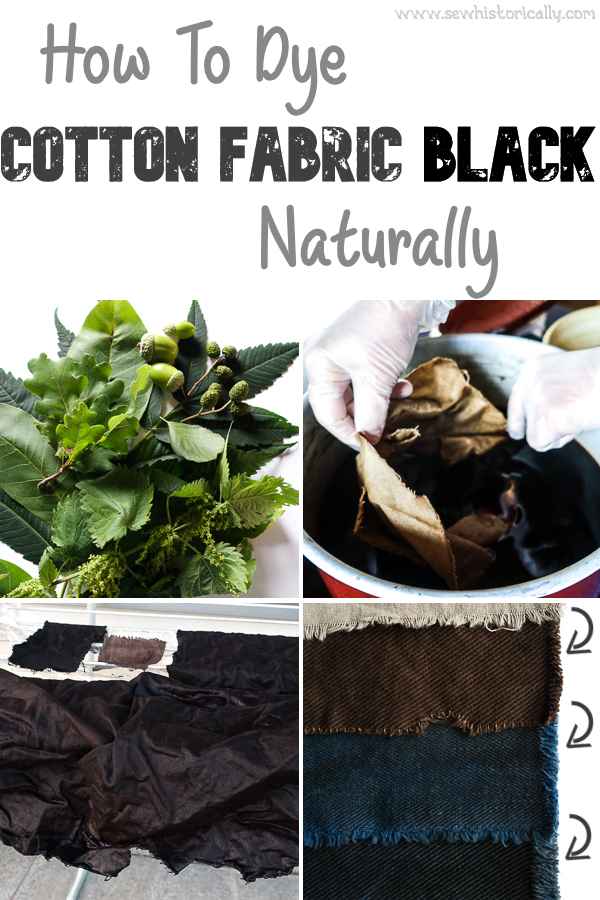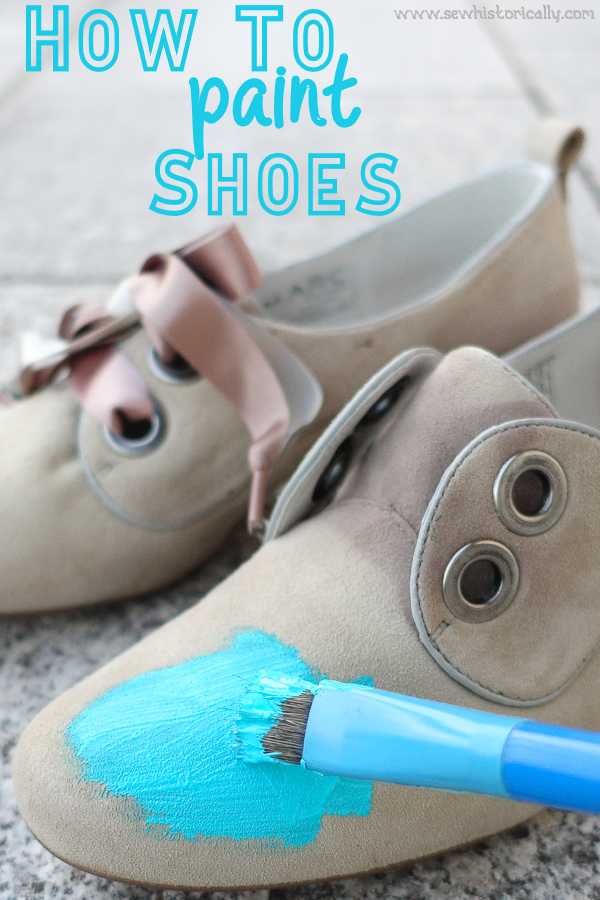‘Margery was always in black and white, short walking skirt and trim white shirt waist, freshly laundered […] There was no picture hat on her bonny brown hair, but a little black sailor with a swallow’s wing on one side and a bunch of violets in a knot of ribbon.’ (Madeira Mercury, 1907)
Because my gray Edwardian wool walking skirt is so comfortable that I wore it almost every day during the winter, I made another short Edwardian skirt with black wool broadcloth this time! Continue reading Short Edwardian Tailored Black Wool Walking Skirt

